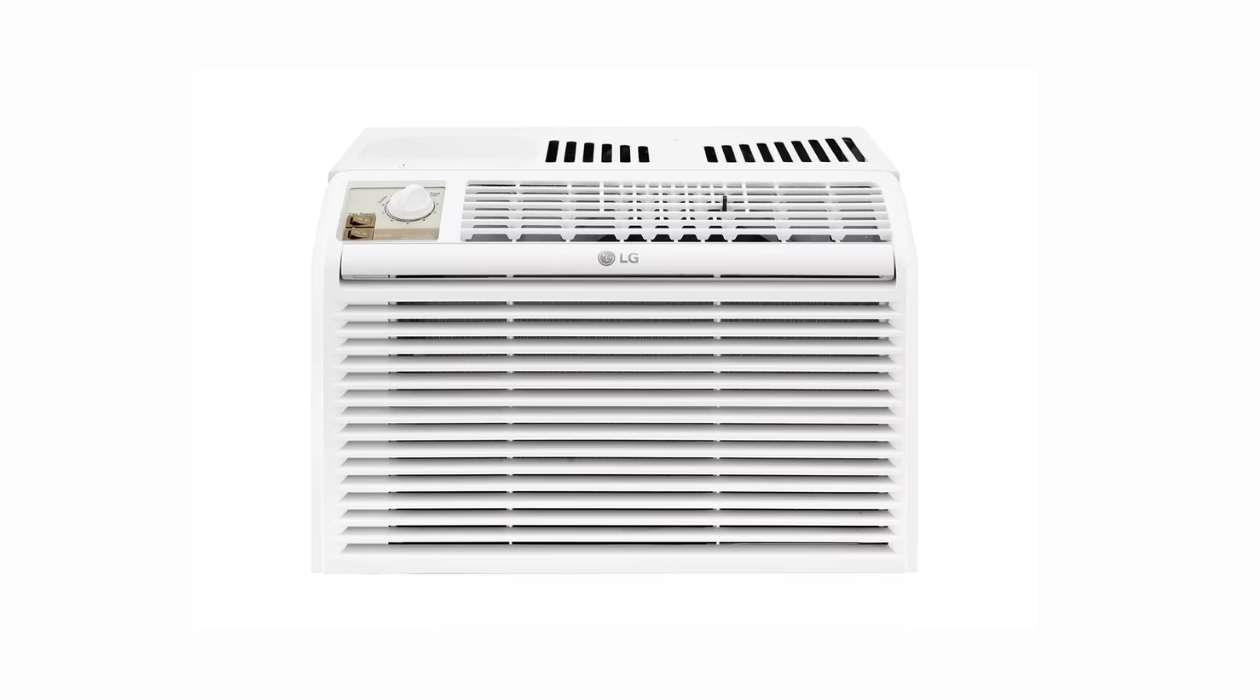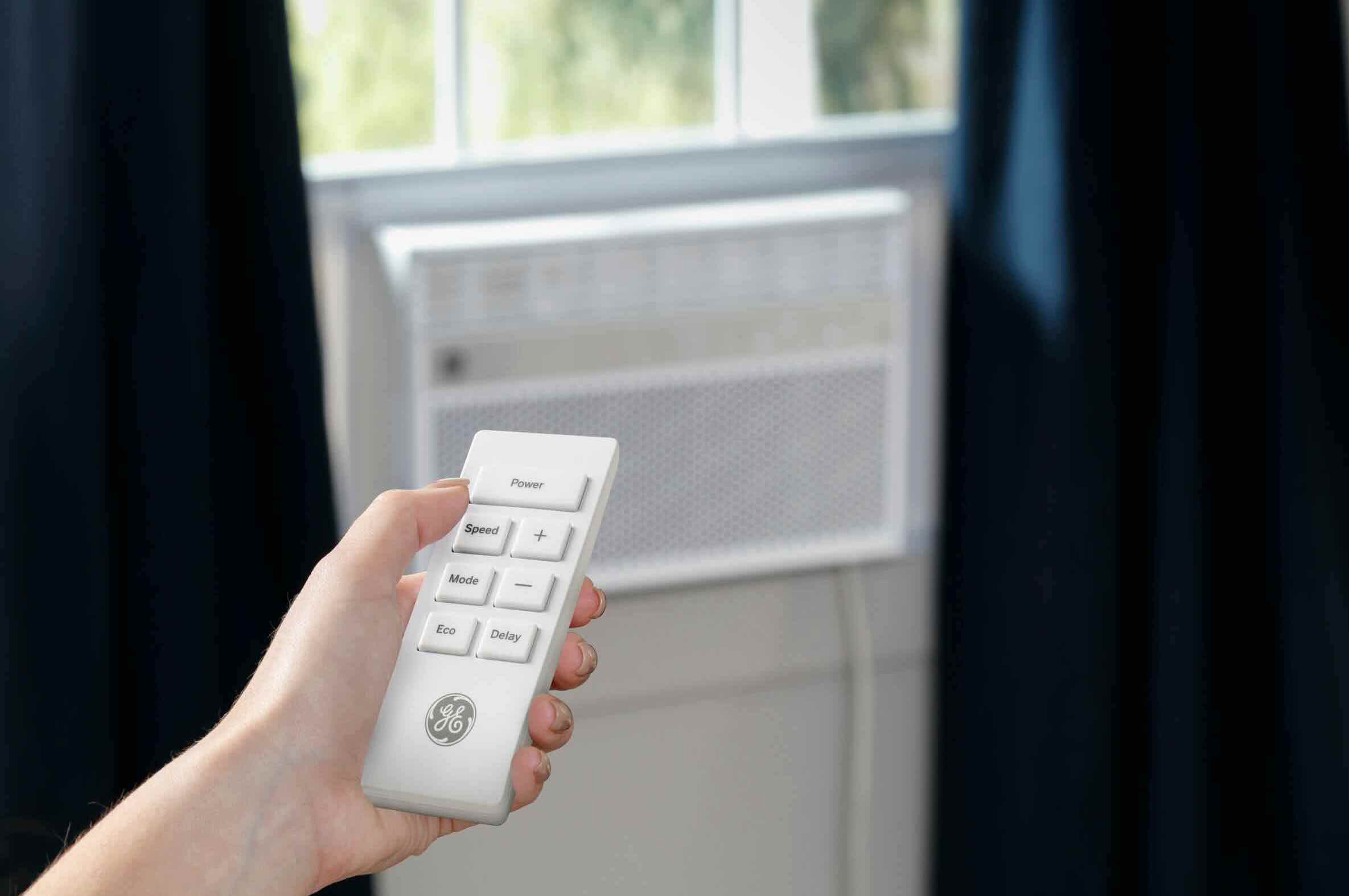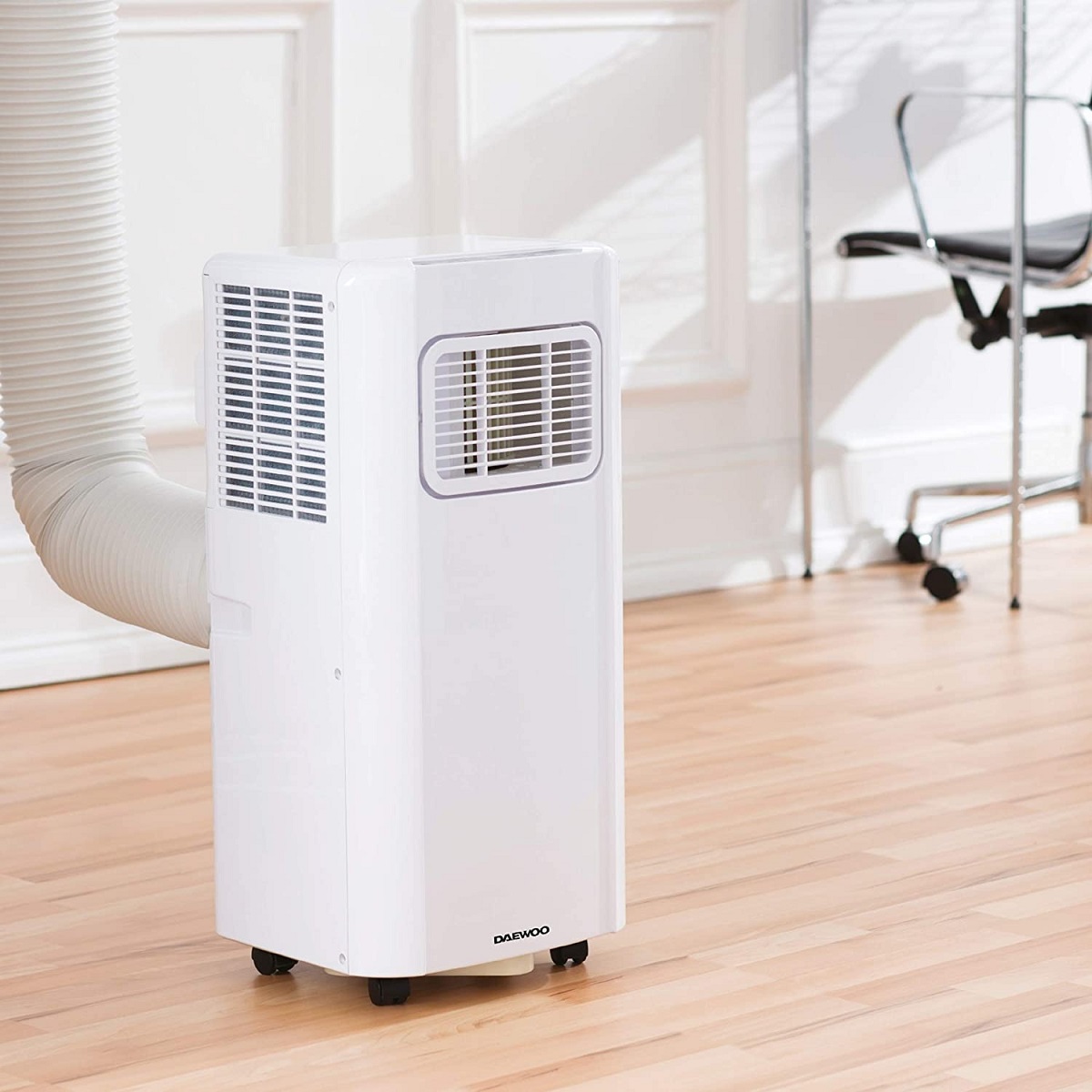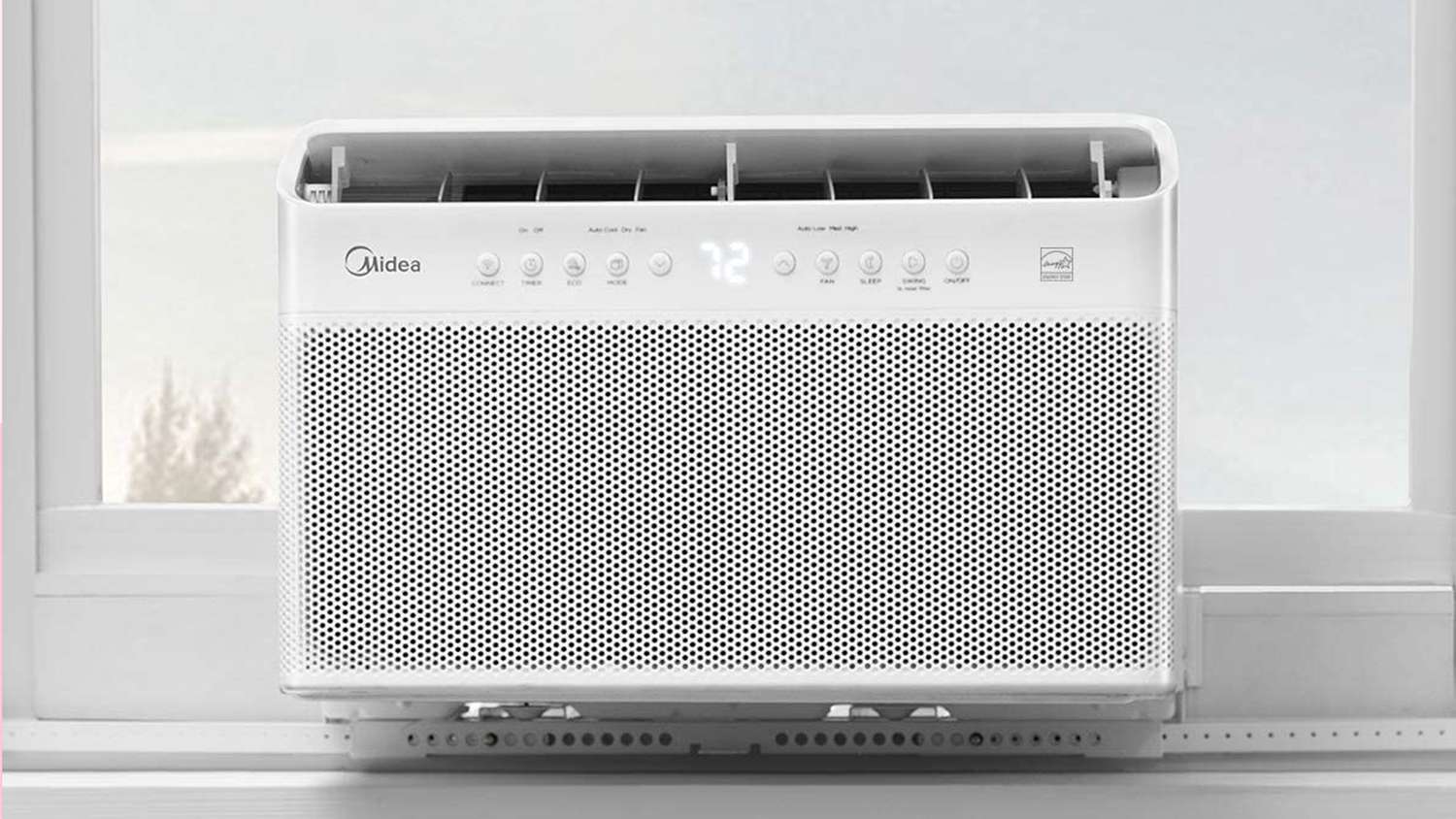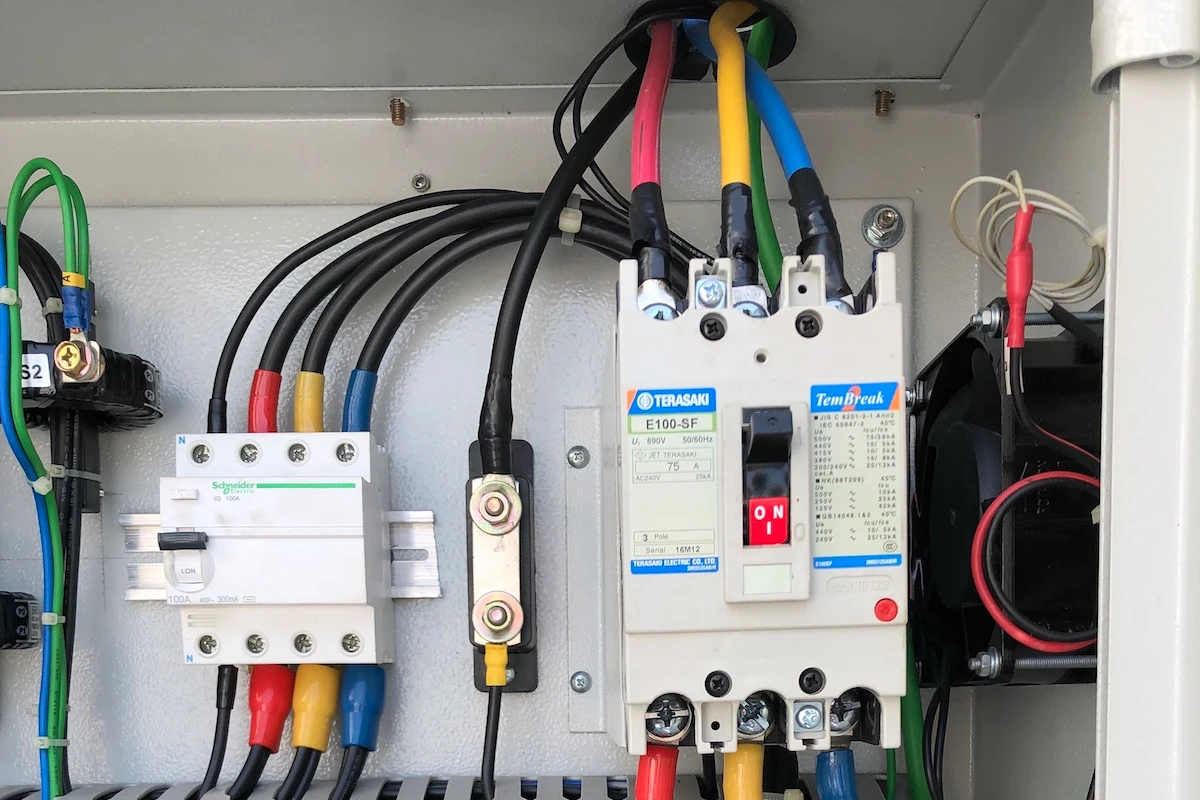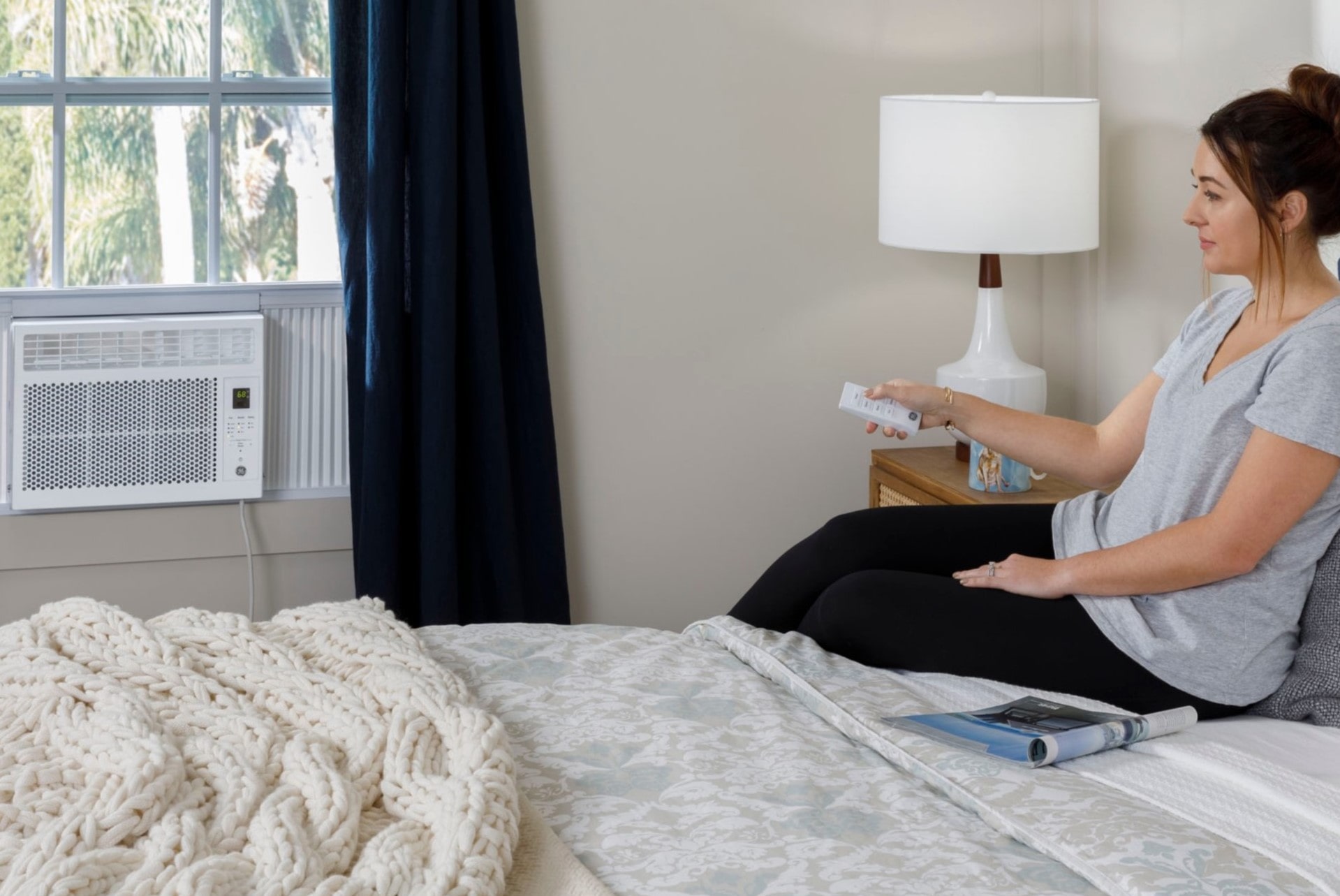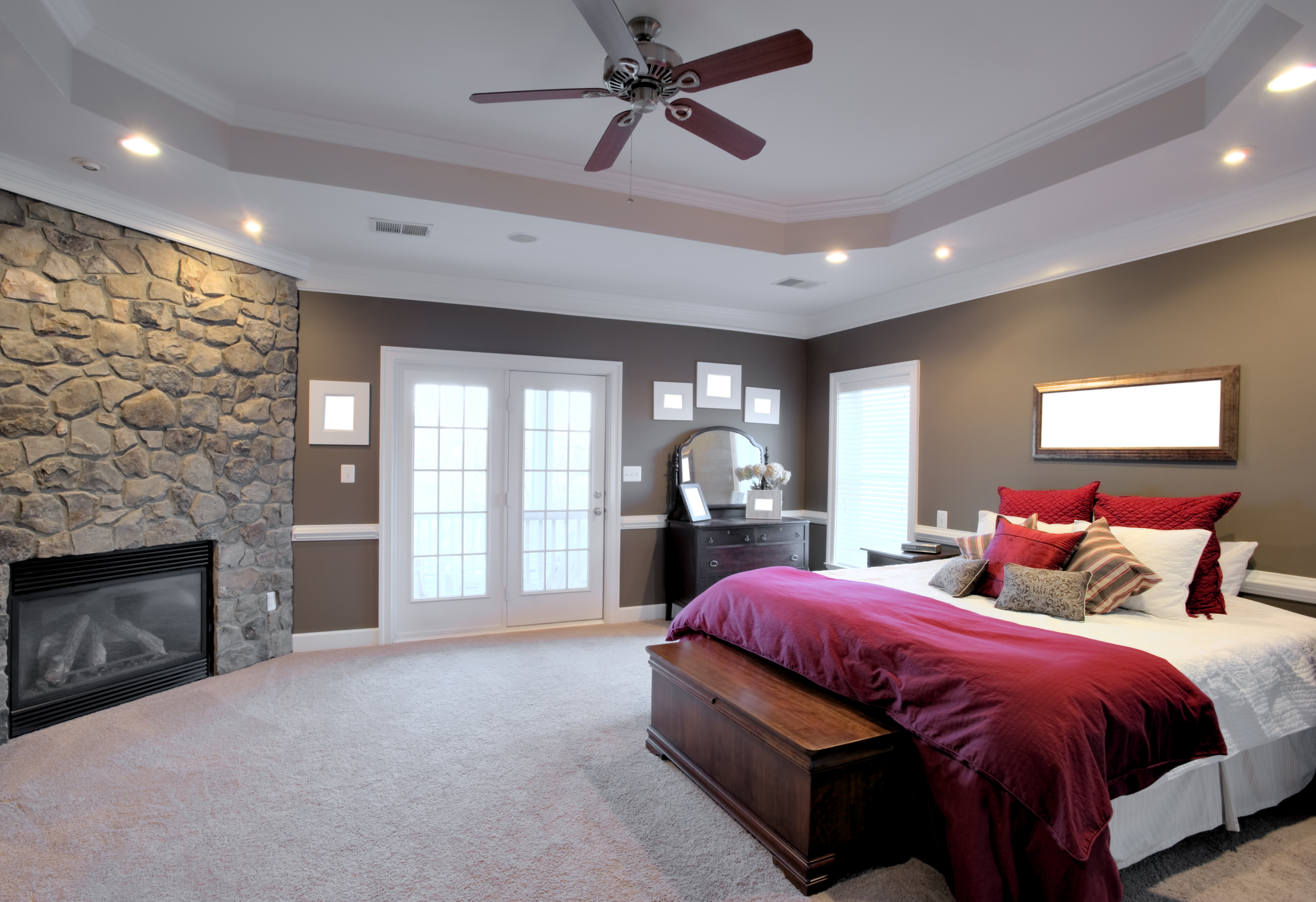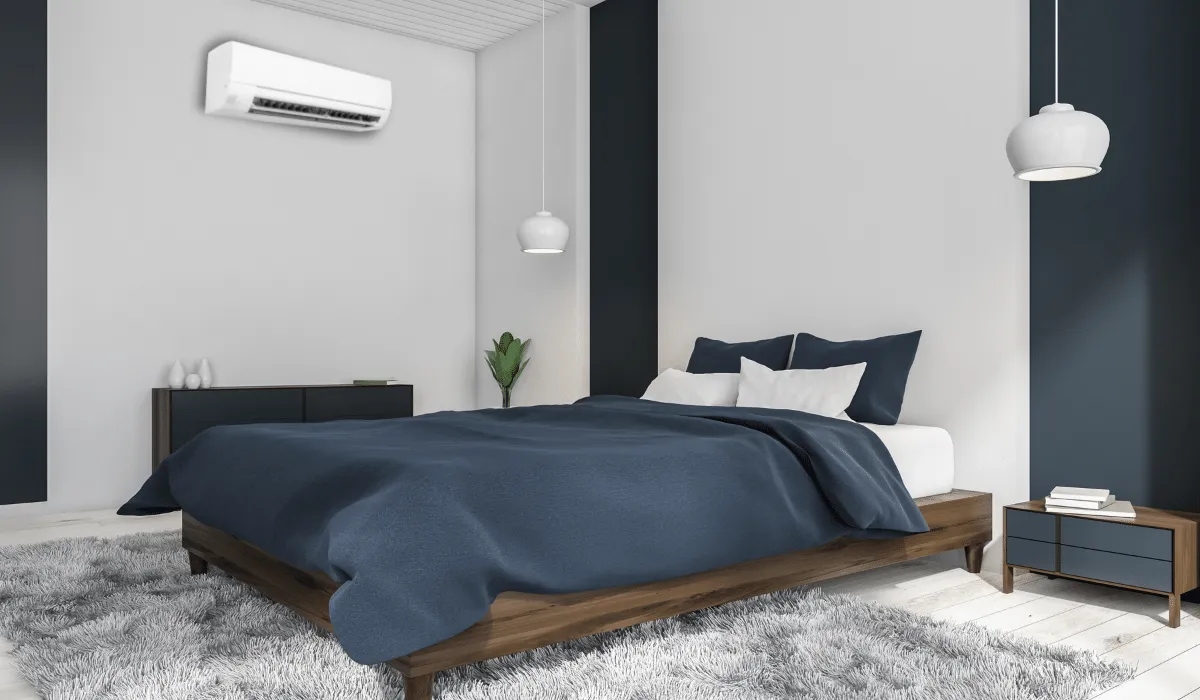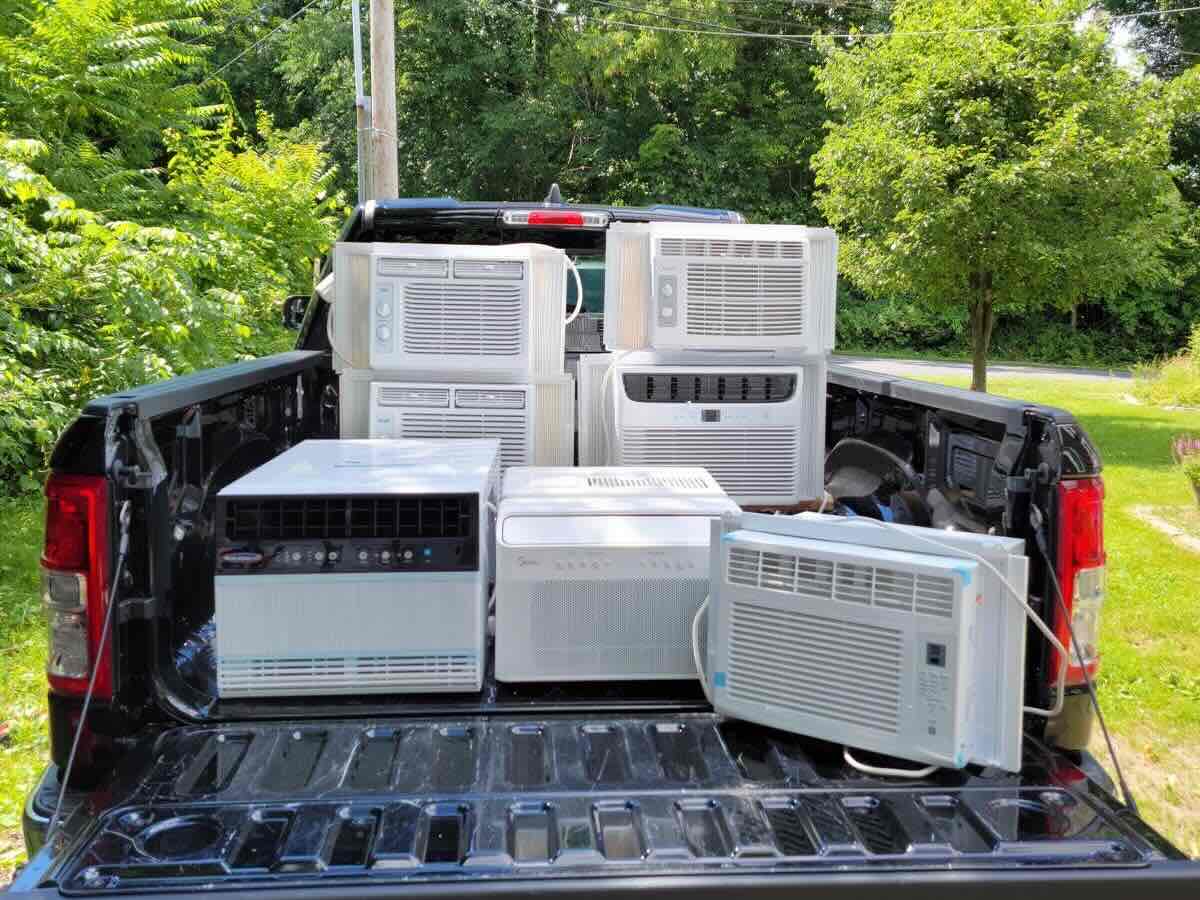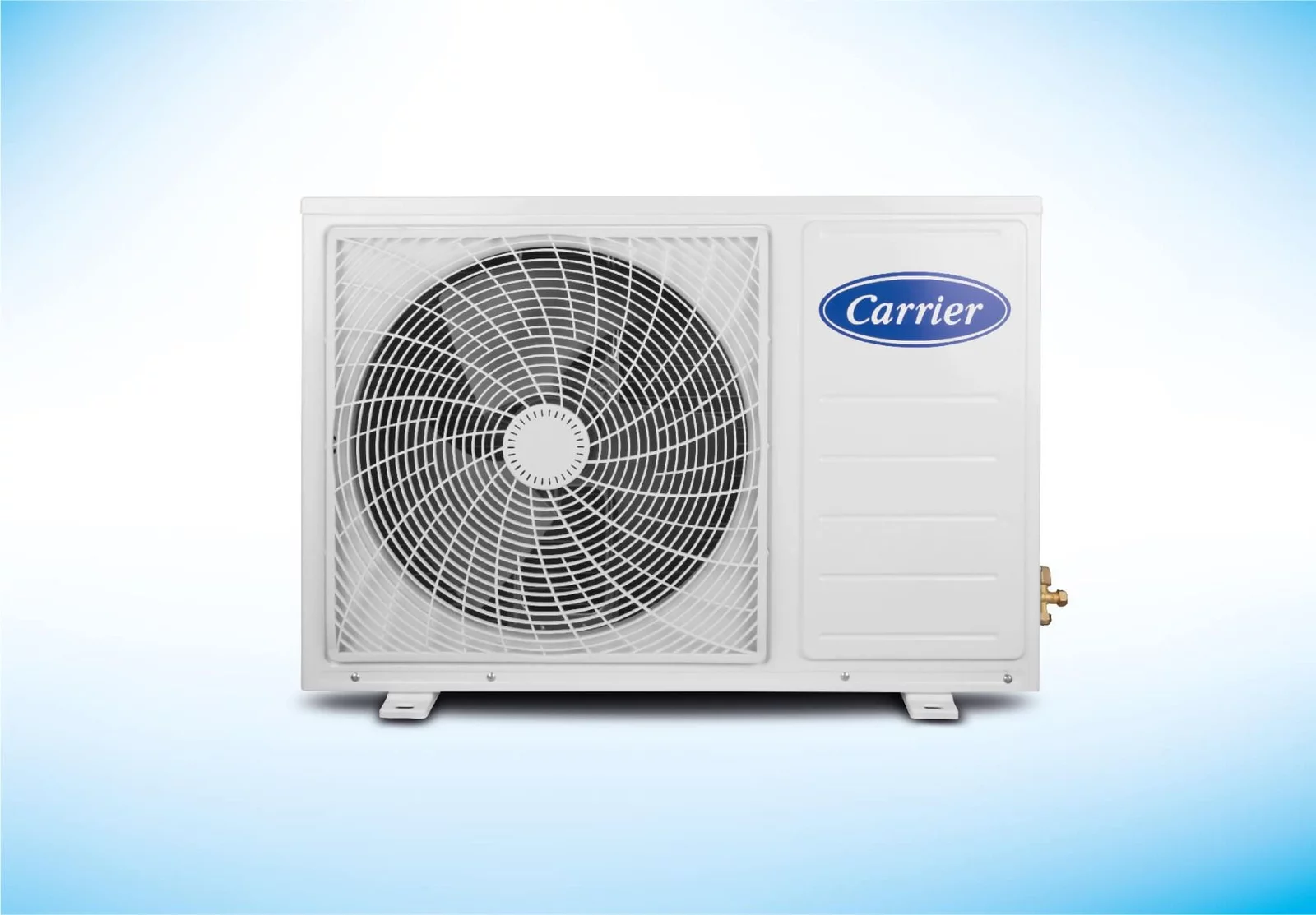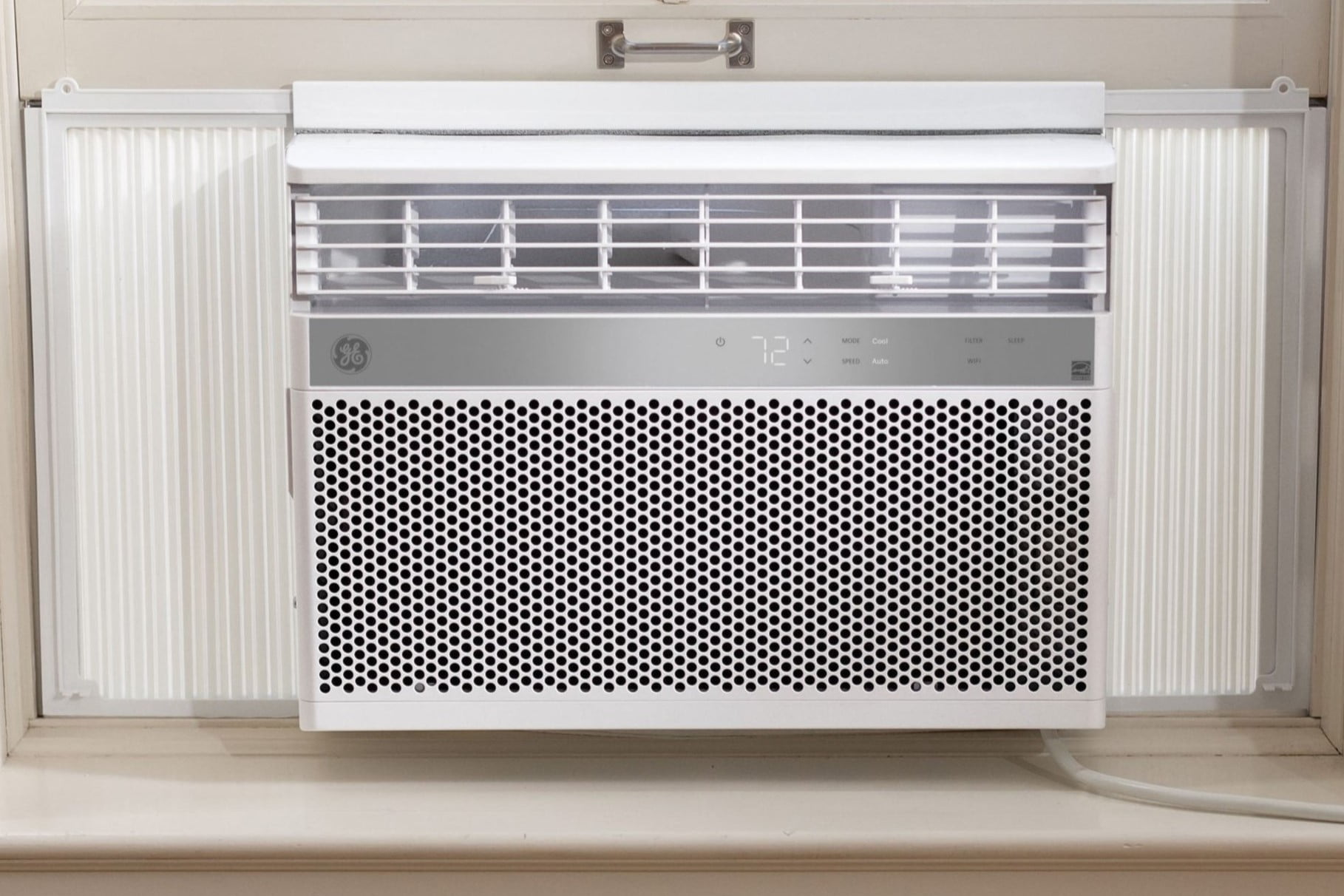Home>Home Maintenance>What Size Room Will A 5000 Btu Air Conditioner Cool
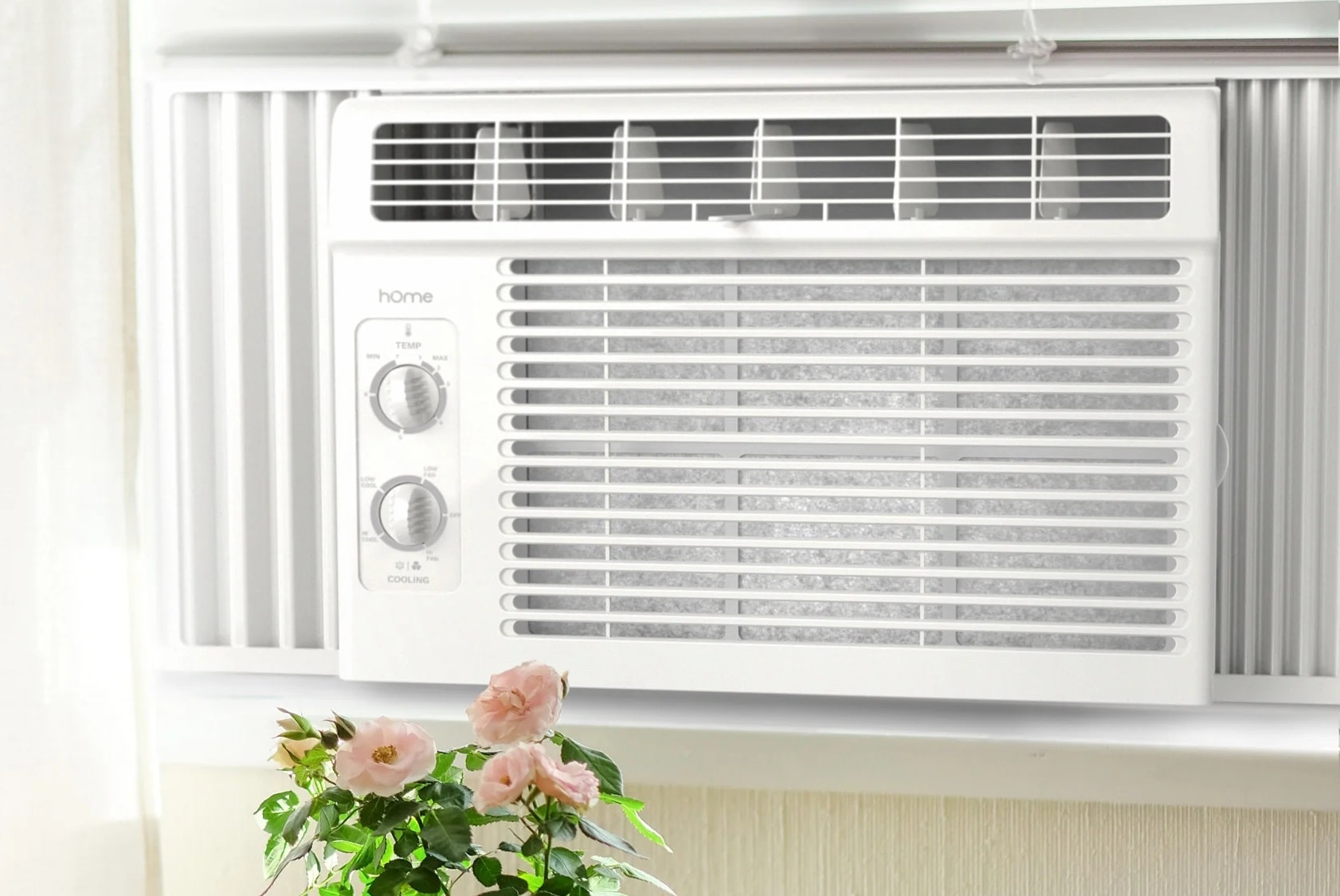

Home Maintenance
What Size Room Will A 5000 Btu Air Conditioner Cool
Modified: March 24, 2024
Learn about the cooling capacity of a 5000 BTU air conditioner and find out what size room it can effectively cool. Improve your home maintenance with this essential knowledge.
(Many of the links in this article redirect to a specific reviewed product. Your purchase of these products through affiliate links helps to generate commission for Storables.com, at no extra cost. Learn more)
Introduction
Welcome to our guide on understanding the cooling capacity of a 5000 BTU (British Thermal Units) air conditioner and the size of the room it can effectively cool. When it comes to home maintenance, keeping our living spaces cool and comfortable is vital, especially during the hot summer months. Understanding the cooling capacity of an air conditioner is crucial in ensuring it is suitable for the room size you intend to use it in. By the end of this article, you will have a good understanding of what room sizes a 5000 BTU air conditioner can handle.
Before we dive into the details, let’s briefly explain what BTUs are and how they relate to air conditioning. BTUs are a measurement of thermal energy, specifically the amount of energy required to raise the temperature of one pound of water by one degree Fahrenheit. In the context of air conditioning, BTUs are used to measure the cooling capacity of an air conditioner. The higher the BTU rating, the greater the cooling power of the unit.
It’s important to note that the cooling capacity of an air conditioner is affected by several factors. These include insulation, room orientation, ceiling height, and the number and size of windows and doors. Taking these factors into consideration will help you determine the appropriate size of air conditioner needed to effectively cool your room.
In order to determine the cooling capacity of a 5000 BTU air conditioner, it’s important to understand the calculating process. By following the necessary steps, you can assess the suitable room size for a 5000 BTU air conditioner, ensuring optimal cooling performance.
Let’s delve into the details and learn more about how to determine the cooling capacity of a 5000 BTU air conditioner and the size of the room it can efficiently cool.
Key Takeaways:
- A 5000 BTU air conditioner is best suited for small rooms of around 100 to 150 square feet, such as small bedrooms, home offices, or studio apartments. Factors like insulation and heat gain can influence its cooling capacity.
- Understanding the factors that affect cooling capacity, such as insulation, room size, and environmental conditions, is crucial in choosing the right air conditioner for optimal comfort and energy efficiency.
Read more: How Big Is A 5000 Btu Air Conditioner
Understanding BTUs and Air Conditioning
Before we delve into the factors that determine the cooling capacity of a 5000 BTU air conditioner, let’s take a closer look at what BTUs are and how they relate to air conditioning.
As mentioned earlier, BTUs (British Thermal Units) are used to measure the cooling capacity of an air conditioner. The higher the BTU rating, the more powerful the air conditioner. However, it’s important to note that the BTU rating alone is not the sole indicator of an air conditioner’s effectiveness. Other factors, such as insulation and room size, also play a significant role in determining the cooling performance.
When it comes to air conditioning, the goal is to remove sufficient heat from the room to lower the temperature and create a comfortable environment. The cooling capacity of an air conditioner is its ability to remove heat from a space within a specified period of time. This is where BTUs come into play. One BTU is approximately equal to the amount of energy needed to cool one pound of water by one degree Fahrenheit.
So how do BTUs relate to air conditioning? The cooling capacity of an air conditioner is calculated based on the BTUs it generates per hour. The higher the BTUs, the faster and more effectively the air conditioner can cool the room. However, it’s important to choose an air conditioner with the appropriate BTU rating to match the size of the room you want to cool. An undersized air conditioner will struggle to cool the room adequately, while an oversized unit may cool the room too quickly, leading to short cycles and reduced efficiency.
It’s worth noting that the cooling capacity of an air conditioner is influenced by various factors. Let’s explore these factors in more detail to gain a better understanding of how they affect the overall cooling performance.
Factors that Affect Cooling Capacity
Several factors can have a significant impact on the cooling capacity of an air conditioner. Understanding these factors is crucial in determining the appropriate size of air conditioner needed for your specific room. Let’s explore the key factors that affect cooling capacity:
- Insulation: The quality of insulation in the room plays a vital role in the cooling process. Proper insulation helps to maintain a consistent temperature by preventing the transfer of heat between the inside and outside of the room. Well-insulated rooms will require less cooling capacity compared to rooms with poor insulation.
- Room Size: The size of the room directly impacts the cooling capacity needed. Larger rooms will require air conditioners with higher BTU ratings to effectively cool the space. Conversely, smaller rooms may only require air conditioners with lower BTU ratings to maintain a comfortable temperature.
- Room Orientation: The orientation of the room in relation to the sun can influence the cooling capacity required. South-facing rooms tend to receive more direct sunlight, resulting in higher heat gain. On the other hand, north-facing rooms may require less cooling capacity due to minimal exposure to direct sunlight.
- Ceiling Height: The height of the ceiling can affect the cooling performance as hot air tends to rise. Rooms with higher ceilings will require air conditioners with higher BTU ratings to effectively circulate cool air throughout the space.
- Windows and Doors: The number, size, and quality of windows and doors in a room can influence the cooling capacity required. Windows and doors are potential areas for heat gain or loss. Rooms with more windows and doors, especially if they are poorly insulated, may require a higher cooling capacity to offset heat gain.
Considering these factors will help you determine the appropriate size of air conditioner needed for your room. It’s important to strike a balance between cooling capacity and energy efficiency to ensure optimal performance and cost-effectiveness.
Now that we understand the factors that affect cooling capacity, let’s move on to determining the specific cooling capacity of a 5000 BTU air conditioner.
Determining the Cooling Capacity of a 5000 BTU Air Conditioner
Now that we have a good understanding of the factors that affect cooling capacity, let’s focus on determining the specific cooling capacity of a 5000 BTU air conditioner. This will help us better understand the size of the room it can effectively cool.
The cooling capacity of an air conditioner is typically measured in BTUs per hour (BTU/h). In the case of a 5000 BTU air conditioner, it means that the unit is capable of removing 5000 BTUs of heat from the room within one hour.
To determine the cooling capacity of a 5000 BTU air conditioner, it’s essential to consider the energy efficiency ratio (EER) of the unit. The EER represents the cooling output of the air conditioner divided by the amount of electrical energy it consumes.
A higher EER indicates a more energy-efficient unit, meaning it can provide more cooling for each unit of energy consumed. It’s advisable to choose an air conditioner with a higher EER to maximize cooling efficiency and reduce energy consumption.
Typically, a 5000 BTU air conditioner has an EER rating between 8 and 12. To determine the cooling capacity in terms of square footage, we can use a general rule of thumb. For every 500 BTUs, an air conditioner can effectively cool approximately 100 square feet of space.
Based on this rule, a 5000 BTU air conditioner can cool a room of around 1000 square feet. However, it’s important to consider the aforementioned factors such as insulation, room size, and other environmental factors, as they can influence the actual cooling performance.
Now that we have determined the cooling capacity of a 5000 BTU air conditioner, let’s move on to calculate the specific room size it can effectively cool.
A 5000 BTU air conditioner is suitable for a room up to 150 square feet in size. Consider factors like ceiling height, insulation, and sunlight when determining the right size for your space.
Calculating the Room Size that a 5000 BTU Air Conditioner Can Cool
When it comes to determining the room size that a 5000 BTU air conditioner can effectively cool, there are a few calculations we can perform to get an estimate. Keep in mind that these calculations are approximate and should be used as a guide, as individual factors may vary.
To calculate the room size, we can use the general rule of thumb mentioned earlier, which states that for every 500 BTUs, an air conditioner can cool approximately 100 square feet of space. Based on this ratio, a 5000 BTU air conditioner can effectively cool a room of around 1000 square feet.
However, it’s essential to consider other factors that may affect the cooling capacity. Let’s take a look at a more detailed calculation:
- Start by determining the total BTUs needed: Multiply the square footage of the room by the recommended BTUs per square foot. For example, if your room is 200 square feet and the recommended BTUs per square foot is 20, the total BTUs needed would be 200 x 20 = 4000 BTUs.
- Compare the total BTUs needed to the cooling capacity of the 5000 BTU air conditioner: If the total BTUs needed is equal to or lower than the cooling capacity of the air conditioner (5000 BTUs), then the air conditioner should be sufficient for the room size.
- Consider additional factors: Keep in mind that factors such as insulation, room orientation, ceiling height, and the number and size of windows and doors can impact the cooling capacity. Adjustments may be necessary based on these factors. If the room has poor insulation or many windows, for example, you may need a higher BTU air conditioner to compensate for heat gain.
It’s important to use these calculations as a starting point and consult the manufacturer’s recommendations for the specific air conditioner you are considering. Manufacturers often provide guidelines or charts indicating the recommended room sizes for different BTU ratings.
By considering the total BTUs needed, comparing it to the cooling capacity of the air conditioner, and taking other factors into account, you can calculate the approximate room size that a 5000 BTU air conditioner can effectively cool.
Now that we have calculated the room size, let’s explore the suitable room sizes for a 5000 BTU air conditioner in more detail.
Suitable Room Sizes for a 5000 BTU Air Conditioner
A 5000 BTU air conditioner is generally suitable for small rooms or spaces that measure around 100 to 150 square feet. This includes small bedrooms, home offices, or studio apartments.
When choosing an air conditioner for your room, it’s important to consider the specific factors that can affect cooling capacity, such as insulation, room orientation, ceiling height, and the number and size of windows and doors.
If your room has good insulation and minimal heat gain from windows and doors, a 5000 BTU air conditioner can adequately cool a slightly larger room, up to around 200 square feet. However, if your room has poor insulation or receives significant heat from outside sources, you may want to consider a higher BTU rating to ensure optimal cooling performance.
Furthermore, it’s important to consider the climate in your area. If you live in a particularly hot and humid region, you might want to choose an air conditioner with a higher BTU rating to handle the extra heat load.
Keep in mind that these recommendations are general guidelines and it’s always best to consult the manufacturer’s specifications and guidelines for the specific air conditioner you are considering. Manufacturers often provide charts or recommendations indicating the suitable room sizes for different BTU ratings.
Lastly, don’t forget to properly size the air conditioner according to the room size. An air conditioner that is too small for the room may struggle to cool effectively, while an oversized unit may cycle on and off frequently, leading to decreased efficiency and higher energy consumption.
Always consider your specific room size, insulation, and environmental conditions when selecting a 5000 BTU air conditioner or any other air conditioning unit. Finding the right balance between cooling capacity and energy efficiency will ensure you have a comfortable and cost-effective cooling solution for your space.
Now that we have explored the suitable room sizes for a 5000 BTU air conditioner, let’s summarize the key points.
Conclusion
Understanding the cooling capacity of a 5000 BTU air conditioner and the suitable room sizes for optimal cooling performance is essential for maintaining a comfortable living space. By considering factors such as insulation, room size, room orientation, ceiling height, and the number and size of windows and doors, you can determine the appropriate size of air conditioner needed for your specific room.
A 5000 BTU air conditioner is generally suitable for small rooms or spaces measuring around 100 to 150 square feet. However, factors such as insulation and heat gain can influence the actual cooling capacity. It’s important to choose a properly sized air conditioner based on the specific requirements of your room.
Remember to consult the manufacturer’s specifications and guidelines for the air conditioner you are considering. Manufacturers often provide recommendations and charts indicating the suitable room sizes for different BTU ratings. Taking climate conditions into account is also important, as hotter and more humid regions may require a higher BTU rating for effective cooling.
By understanding the cooling capacity of a 5000 BTU air conditioner and considering the various factors that affect its performance, you can make an informed decision to ensure optimal cooling comfort and energy efficiency.
Now armed with this knowledge, you are ready to choose the right air conditioner for your room and enjoy a cool and comfortable living space throughout the hot summer months.
Frequently Asked Questions about What Size Room Will A 5000 Btu Air Conditioner Cool
Was this page helpful?
At Storables.com, we guarantee accurate and reliable information. Our content, validated by Expert Board Contributors, is crafted following stringent Editorial Policies. We're committed to providing you with well-researched, expert-backed insights for all your informational needs.

